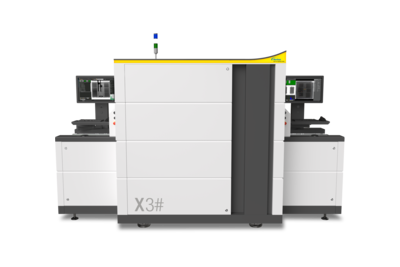Introduction to the Composition and Configuration of Industrial CT Testing Equipment
Release time:2024-06-13Publisher:Jeenoce
The application of industrial CT (computed tomography) detection technology in the industrial field is becoming increasingly widespread. It utilizes X-rays to pass through objects, obtaining their internal structure and defect information, providing powerful tools for quality control and product development in industrial manufacturing processes. This article will focus on the basic components and configurations of industrial CT testing equipment, helping readers better understand and choose equipment that suits their needs.

Industrial CT is mainly composed of X-ray source, flat panel detector, detection table/turntable, control system and software.
X-ray source: Industrial CT detection equipment usually uses an X-ray source as the detection signal source, and the selection of X-ray source should be considered based on the size, material, and specific requirements of the detection object.
Flat panel detector: Flat panel detector is used to receive signals transmitted by radiation and convert them into images or data for processing and analysis. Common detectors include flat panel detectors and linear array detectors, the former suitable for high-resolution and high-precision detection, and the latter suitable for large samples and rapid detection.
Testing platform/turntable: A testing platform or turntable is used to place and rotate or move the object to be tested, in order to obtain transmission images from multiple angles and reconstruct a three-dimensional model. The stability and accuracy of the testing platform are crucial for imaging quality and measurement results.
Control system and software: Control system and software are used for device operation, parameter setting, image processing, and data analysis. A user-friendly interface, powerful data processing capabilities, and flexible operating methods are factors that need to be considered when choosing a device.

